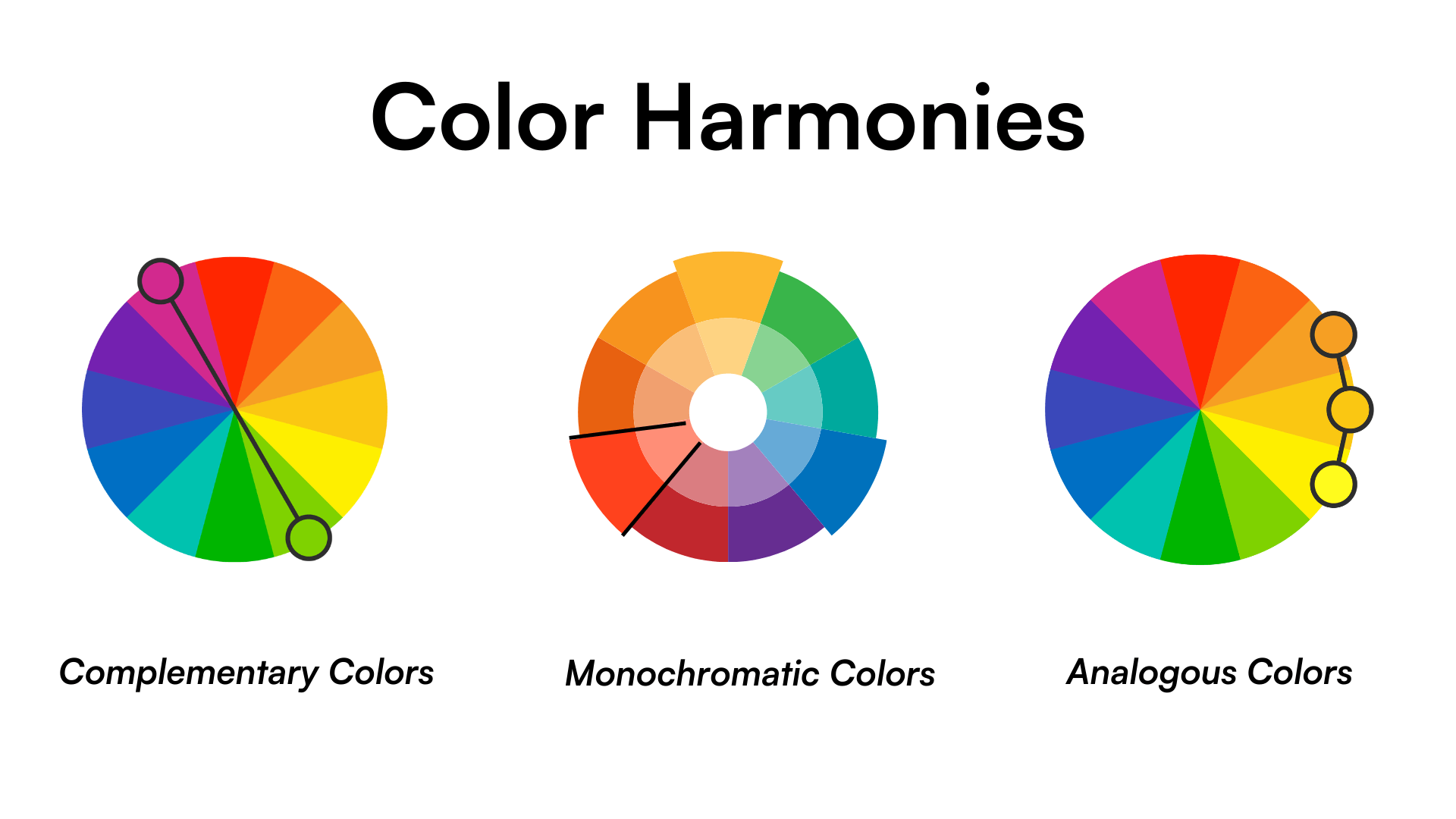
Picking the right yarn color for your first crochet project can be overwhelming. With so many choices, it’s easy to feel stuck. The color you choose can affect the final look, the ease of working with the yarn, and even your motivation to complete the project.
To help you get started, here’s a simple guide on choosing yarn colors that will make your first project fun, visually appealing, and easy to work with.
1. Start with Light or Medium Shades
While dark colors like black and navy look beautiful, they can be difficult to work with because it’s hard to see the stitches.
Best choices: Light pastels, soft neutrals, or medium tones.
Avoid: Very dark colors like black, deep purple, or dark brown, at least for your first project.
2. Stick to Solid Colors First
Multicolored and variegated yarns can be exciting, but they often make it harder to see individual stitches, which can be frustrating for beginners.
Best choices: Solid, single-color yarns.
Avoid: Speckled, ombré, or multicolored yarns with high contrast.
If you want to experiment with multicolored yarn, choose gentle gradients rather than bold color changes.

3. Consider the Mood of Your Project
The color you choose can impact the overall feeling of your crochet piece.
- Soft pastels work well for baby blankets, scarves, and relaxing projects.
- Bright and bold colors create an energizing and fun look, great for accessories like hats and bags.
- Earth tones and neutrals provide a classic, timeless feel, ideal for sweaters or home decor.
Think about who the project is for and the type of mood you want it to create.
4. Test Your Colors Before You Commit
If you’re unsure about a color, make a small swatch before starting the entire project. This helps you see how the yarn looks when worked up.
A great way to do this is by crocheting a small granny square to preview the color.
5. Mix and Match Colors the Right Way
If you want to use multiple colors in your project, here’s how to pair them effectively:
- Monochrome Palette – Different shades of the same color, such as light blue, medium blue, and dark blue.
- Complementary Colors – Opposites on the color wheel, such as blue and orange, or purple and yellow.
- Analogous Colors – Colors that are next to each other on the color wheel, such as pink, red, and orange.

For beginners, it’s best to stick to two colors to keep things simple and balanced.
6. Think About the Yarn Texture
Even if the color looks perfect, the texture can affect how it appears in the final project.
- Matte and soft yarns give a more natural, subtle look.
- Shiny yarns, like mercerized cotton, make colors appear brighter.
- Fuzzy yarns can cause colors to blend together, reducing stitch definition.
Smooth, matte-finish yarn in solid colors is usually the best choice for beginners.
7. Choose Colors That Keep You Motivated
If you love the yarn color, you’re more likely to finish your project. Pick something that excites you and keeps you inspired to crochet.
